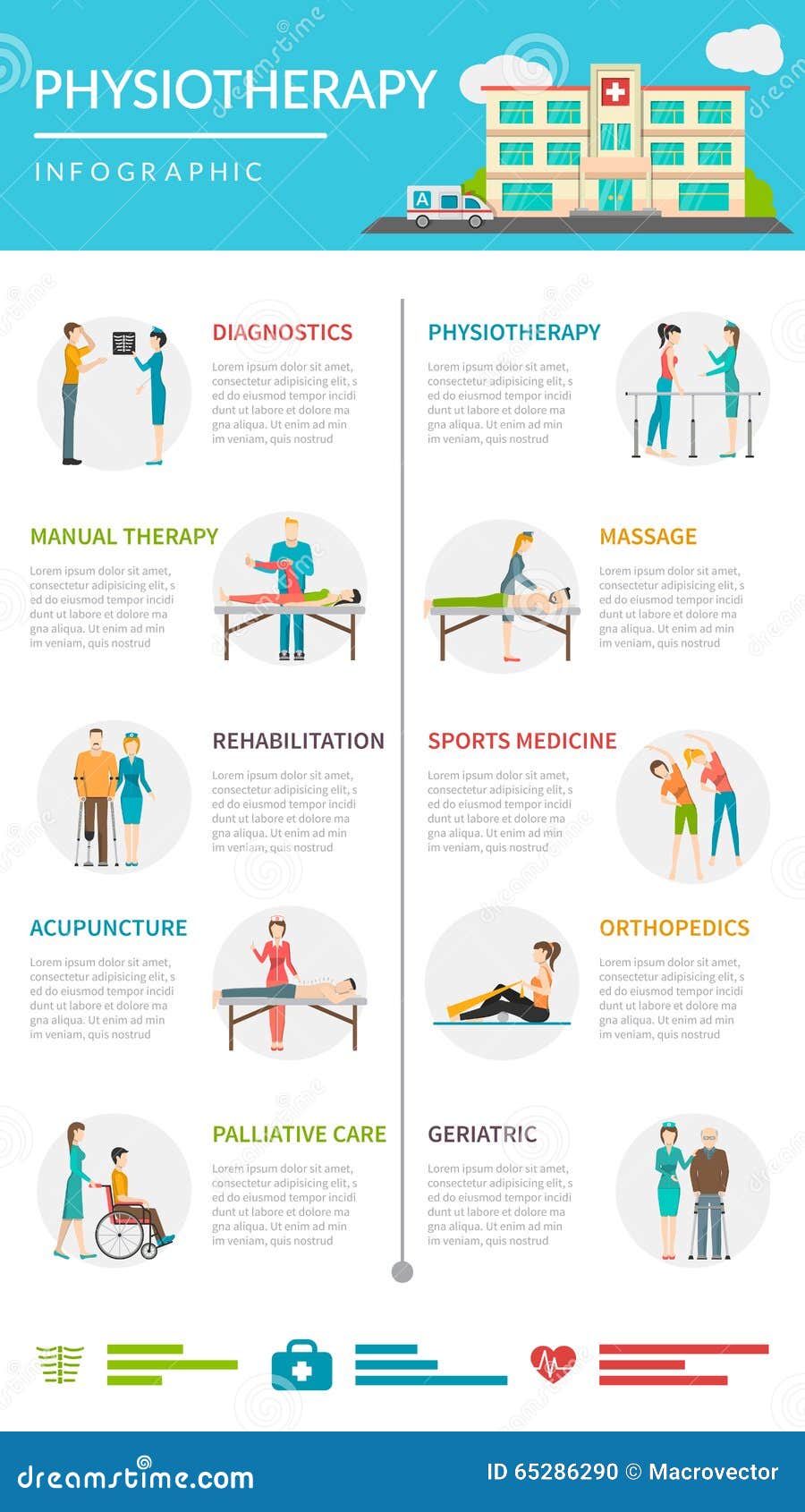Disclose The Concealed Messages Of Your Neck And Back Pain And Seize The Opportunity To Boost Your General Health
Disclose The Concealed Messages Of Your Neck And Back Pain And Seize The Opportunity To Boost Your General Health
Blog Article
steven schramm Created By-Suarez Reimer
If you're experiencing pain in the back, your body might be trying to inform you something more than simply pain. The way your back really feels can provide beneficial hints about your overall well-being. Comprehending the specific kind of discomfort you're really feeling and any coming with signs and symptoms is crucial to deciphering the mystery behind your pain. Let's check out the common conditions and symptoms associated with various kinds of pain in the back to clarify what your body may be signaling.
Types of Back Pain
When it comes to pain in the back, there are different kinds that you may experience. One typical type is muscle pain, commonly triggered by overuse, strain, or injury to the muscles and ligaments supporting the spinal column. This sort of discomfort can range from mild discomfort to severe and incapacitating pain.
Another kind is nerve pain, which can result from problems like herniated discs or sciatica. Nerve discomfort usually presents as a sharp, shooting experience that radiates down the leg.
Joint pain in the back can originate from concerns like arthritis or sacroiliac joint disorder. This type of discomfort is usually felt in the reduced back and can be intensified by particular activities.
In addition, pain in the back can be associated with architectural problems such as spinal constriction or vertebral fractures. Understanding the kind of back pain you're experiencing is vital in establishing the proper therapy and management methods.
Common Effects to Look For
Moving beyond the different types of neck and back pain, it's important to recognize the common signs that can signal underlying problems.
Consistent pain in the back that gets worse with motion or at night can suggest a much more significant trouble. Tingling or prickling in the legs or feet, specifically when accompanied by weak point, could point to a nerve-related issue. If you experience sudden weight management along with pain in the back, it could be an indication of a more systemic condition.
Take note of any kind of modifications in bladder or digestive tract function, as this could be linked to spinal cord compression. High temperature, cools, or night sweats along with pain in the back might signal an infection. Watch out for discomfort that emits down one or both legs, possibly a measure of sciatic nerve pain.
Health And Wellness Issues Linked to Neck And Back Pain
If you experience pain in the back, it's critical to recognize the prospective wellness problems connected to this pain. Pain in the back can be a symptom of different underlying issues, consisting of muscle strains, herniated discs, osteo arthritis, spine stenosis, and also problems like kidney rocks or infections.
Muscular tissue strains prevail and usually arise from lifting hefty things or sudden motions.
Herniated discs take place when the soft tissue between vertebrae protrudes, triggering nerve inflammation.
Osteoarthritis, a degenerative joint condition, can cause neck and back pain as cartilage material wears down.
Spinal stenosis, the narrowing of the spine canal, can tax nerves.
Kidney stones might cause extreme pain in the back if they relocate right into the urinary system tract.
Infections like spinal osteomyelitis can also manifest as back pain. Comprehending these possible health problems can aid you look for ideal medical care and management for your neck and back pain.
Verdict
So, following time your back harms, take note of the kind of discomfort and going along with symptoms. just click the next web page could be a signal from your body concerning underlying health problems like muscle mass stress, nerve problems, joint issues, and even structural concerns. By identifying these indications, you can take proactive steps to attend to the source of your neck and back pain and improve your general health and wellness.
